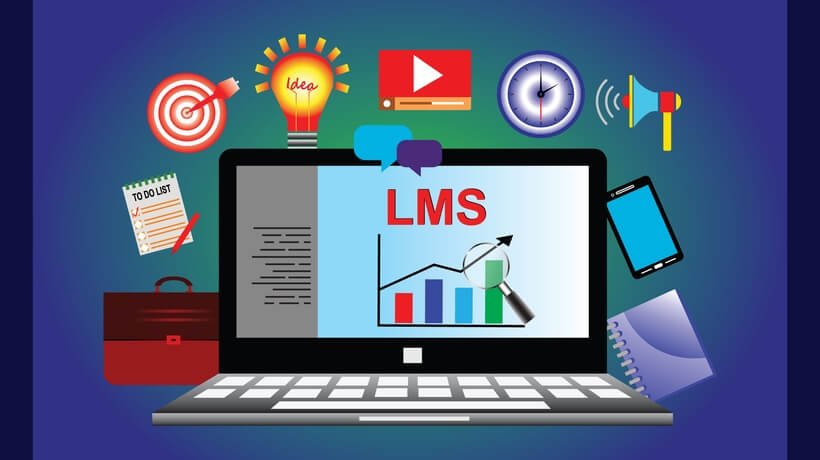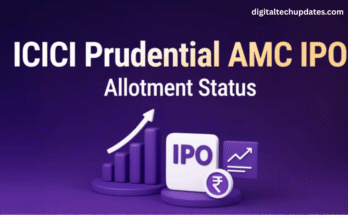This year has turned out to be a confusing one for businesses. Having to suddenly start operating most aspects of business in the virtual world has surely been challenging for businesses of all sizes.
Just like other aspects of business, employee training has also been exclusively happening online. While online training has many benefits, suddenly having to switch to online training without preparation can turn out to be confusing. Moreover, mistakes caused because of this confusion can turn out to be significantly expensive.
Yet, online training is a necessity in today’s time, and will probably take a significant position in the workplace of the future. That’s why businesses must educate themselves about e-learning technology and its applications.
One of the most widely used tools for online employee training is the learning management system. As the name suggests, an LMS is a content management platform, generally hosted on the cloud, that enables the sharing and management of training content.
In other words, an LMS is the platform where your organisation’s online training experience takes place.
It’s a robust but complex technology and there are a number of superb options available in the market. While finding an LMS that offers the features that are relevant to your organisation is an absolute necessity, just like any other business decision, budget is also a significant consideration for businesses that are in the market for a new LMS.
In order to determine an optimum budget, it is important for businesses to first understand that various pricing models that LMS companies use to charge their clients.
Let’ explore each one in a bit more detail, and find out which one is right for your organisation’s training needs:
Free LMS
That’s right, you can find a variety of free to use learning management systems in the market. While free does sound amazing, there is usually a catch involved.
In most cases, the catch is that free LMS, like Moodle, are open source and require a certain level of technical and coding expertise to install, configure, and implement.
A free LMS is great for bootstrapped businesses that have technical resources on their payrolls. If your organisation does not already employ the right resources for this job, it is best to move on the premium or freemium learning management systems.
The concept of freemium is simple- the LMS provider offers you a limited number of features for free. To use the ‘premium’ features, you have to pay up. In some cases, freemium LMS offer complete access to all their features for free, but limit the number of learners that can sign up to a certain course.
Pay Per User
After open source LMS, pay per user pricing models are perhaps the most affordable. As the name suggests, with pay per user, users only have to pay for the number of learners that sign up for the course.
This type of pricing model is ideal for organisations that sell online courses. Pay per user is also a great affordable way for smaller businesses to provide training to their employees.
Most LMS vendors offer the ability to pay per active users, so you can choose that to avoid paying for non-users. Also, if you are looking for a free trial before committing your money, you can go with Mindflash LMS pricing model.
Annual And Perpetual Licencing
An annual licence gives the users the ability to access all the features of the LMS, and sign up as many learners as they see fit. Similarly, a perpetual licence offers the same freedom, for an indefinite period of time.
The prices of these licences usually differ dramatically. Such licenses are ideal for larger organizations that have a large workforce that needs training.
Conclusion
Choosing the right pricing model may be just one aspect of purchasing an LMS but it surely is one of the most important ones. We hope that this article will help you make an informed decision while selecting the pricing model for your LMS.




